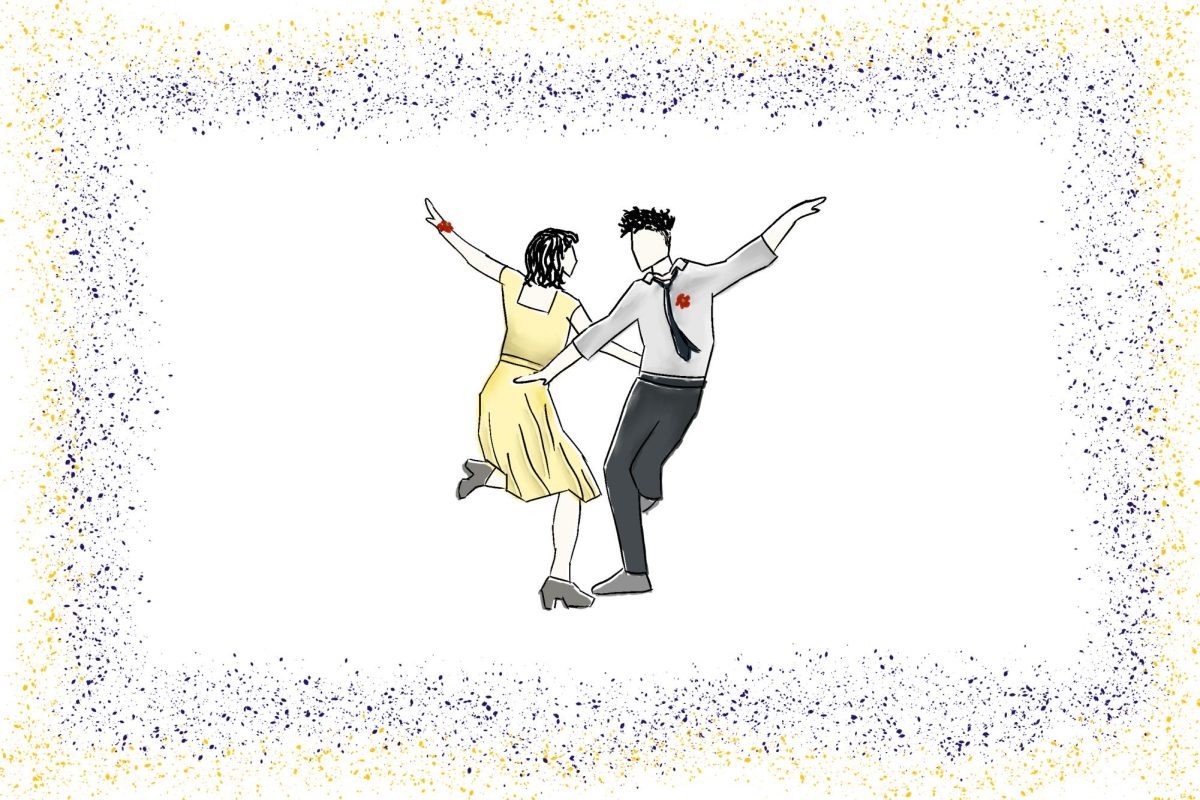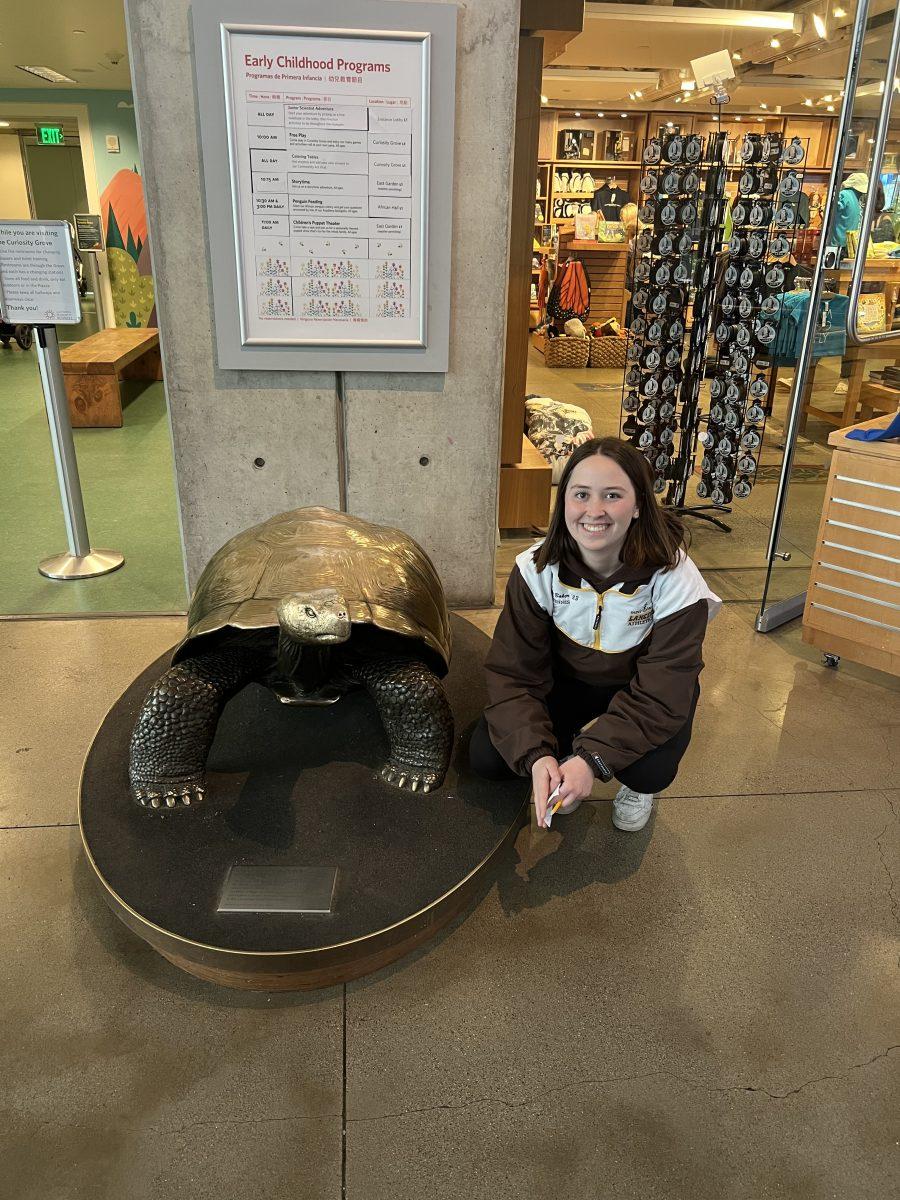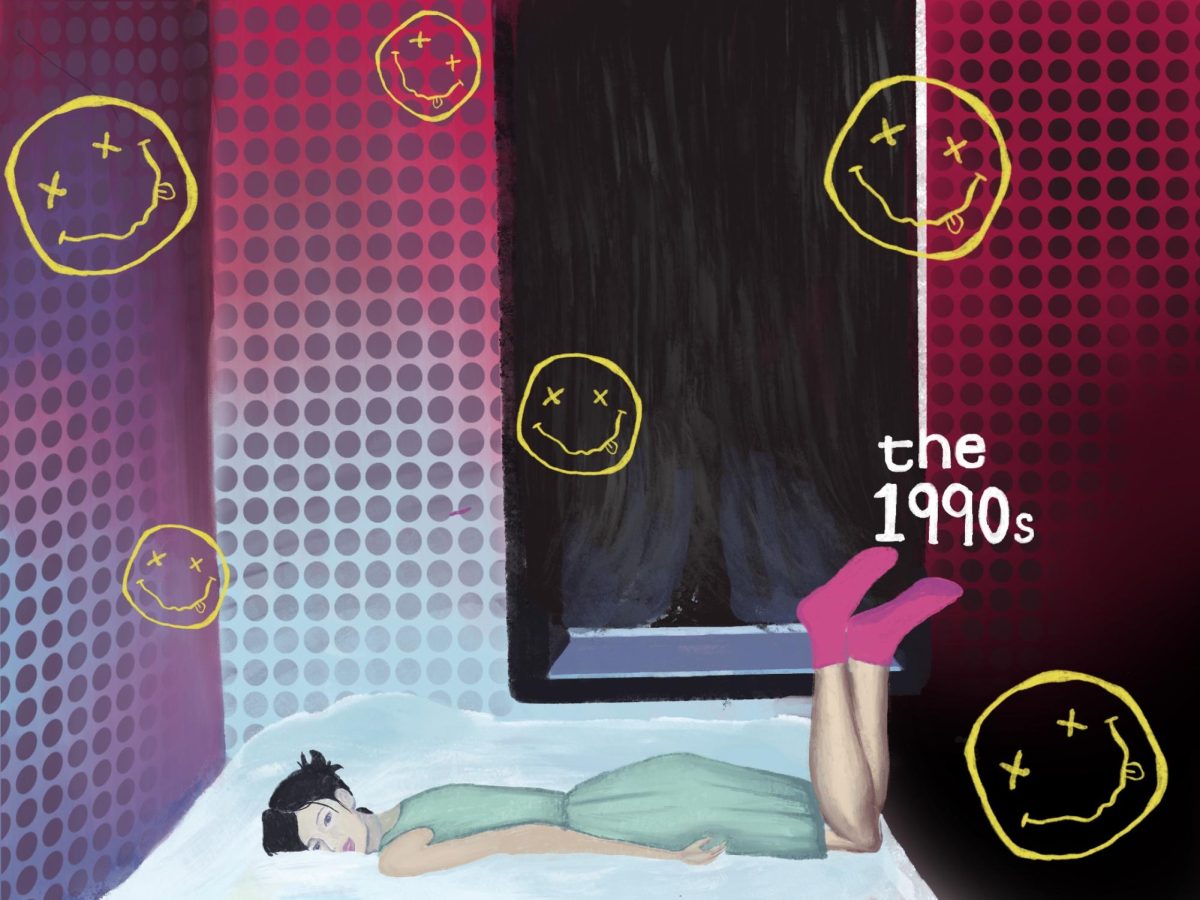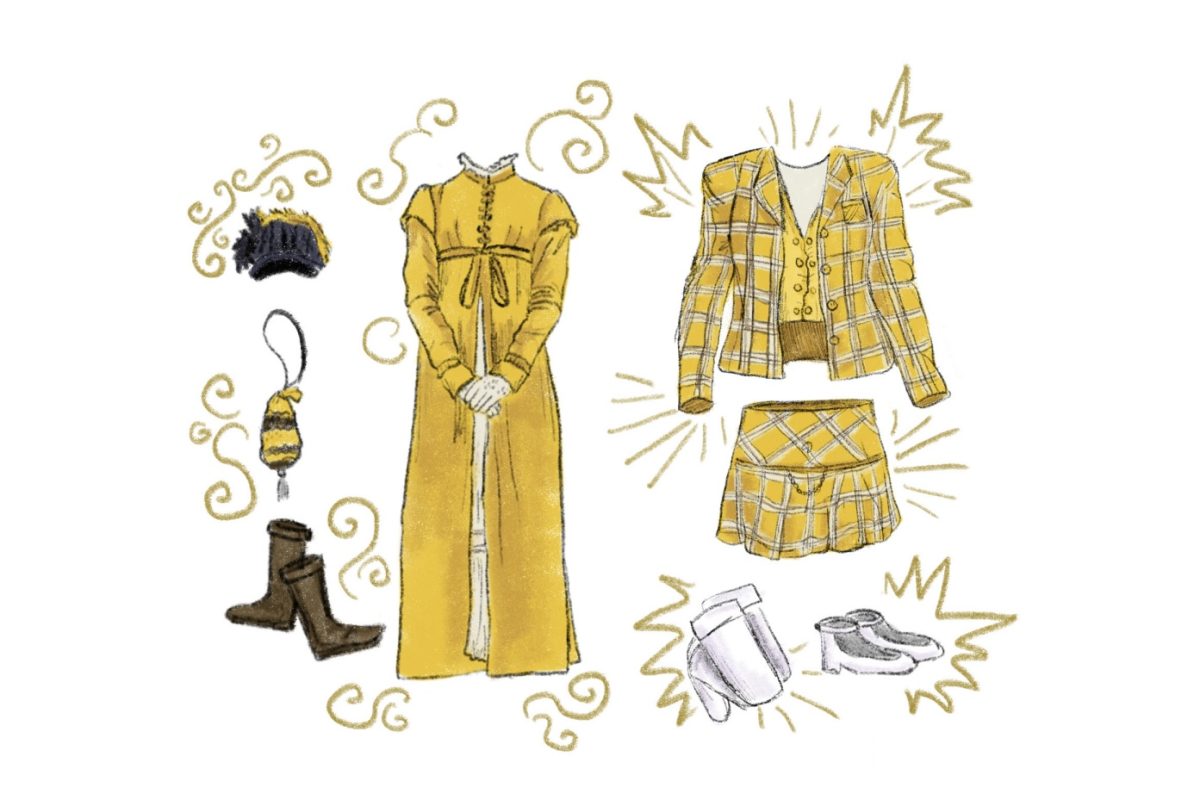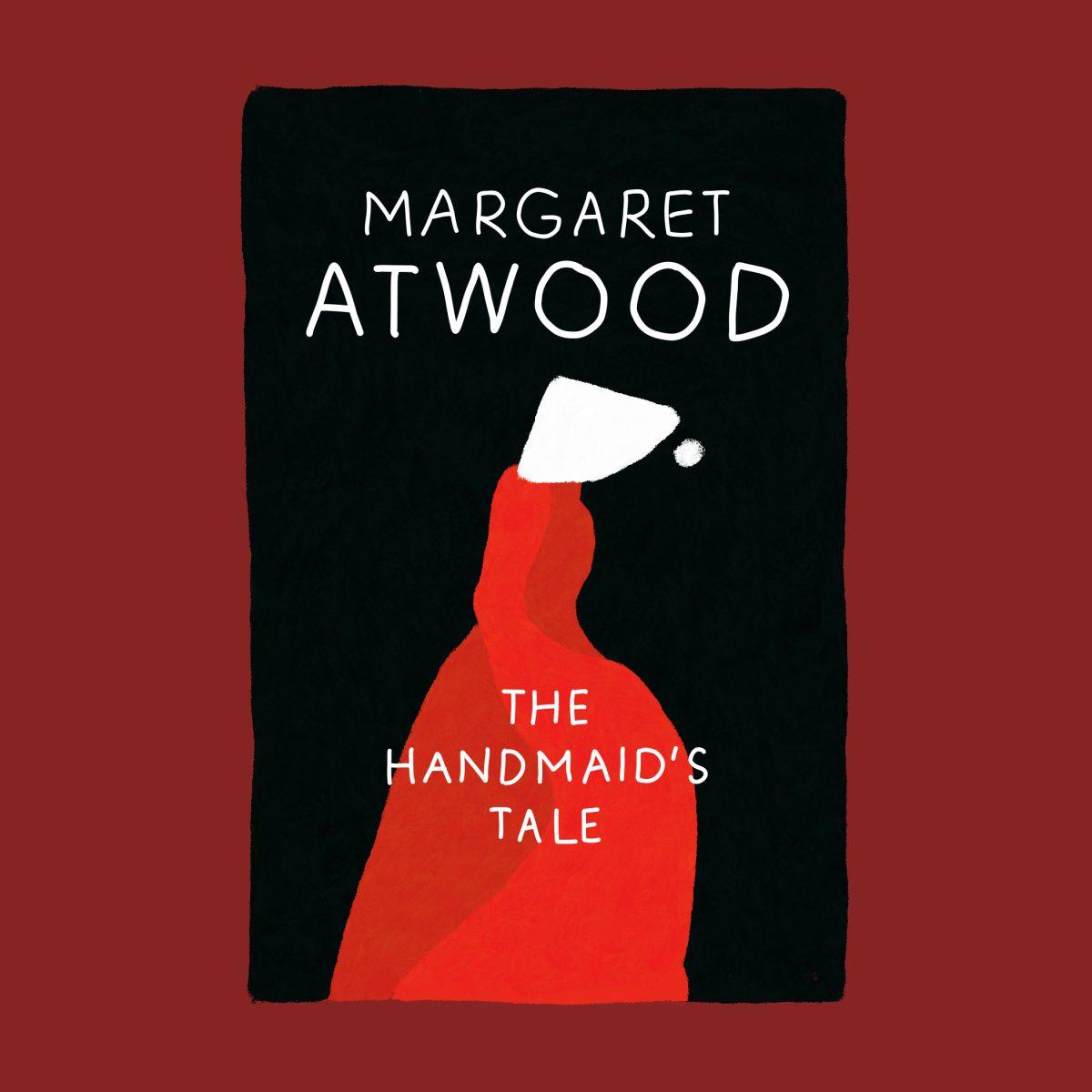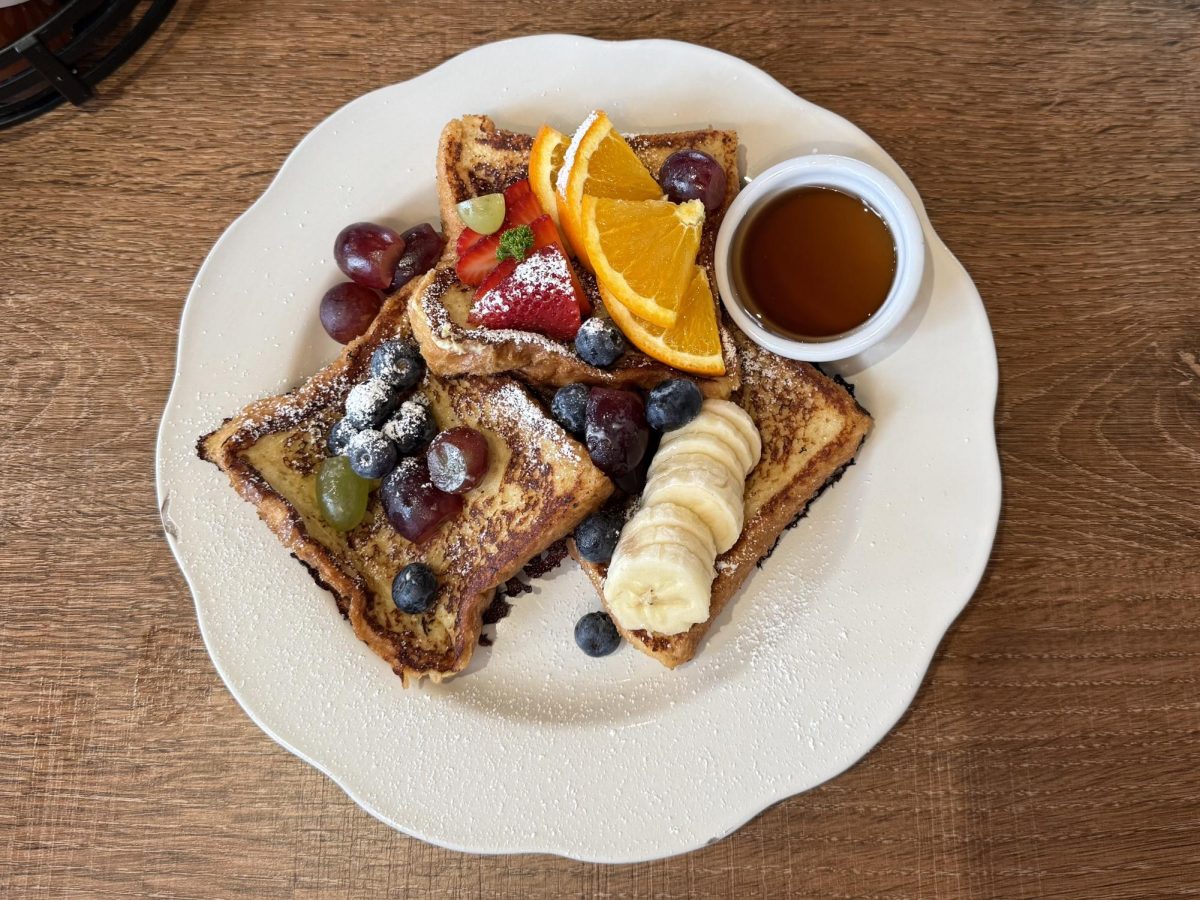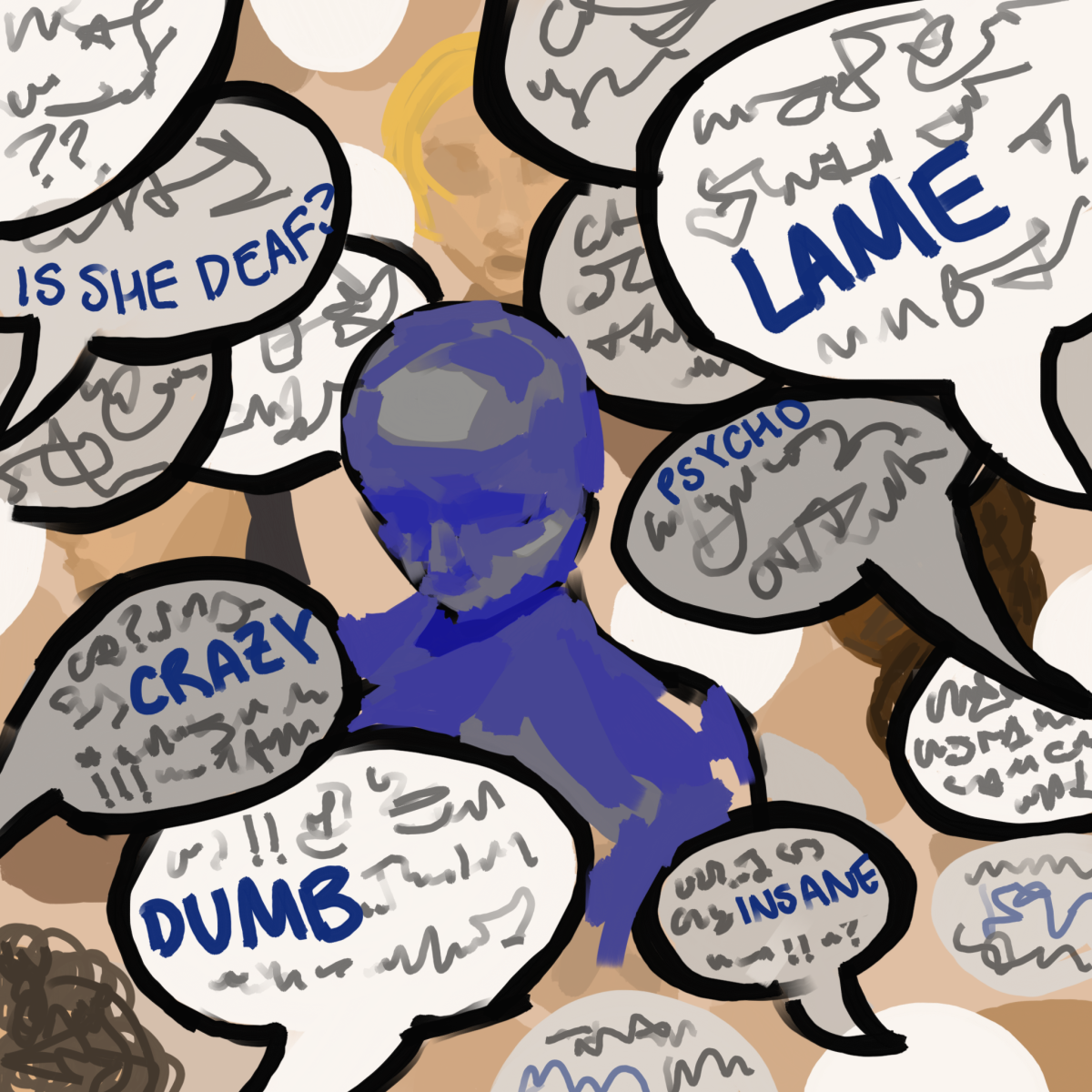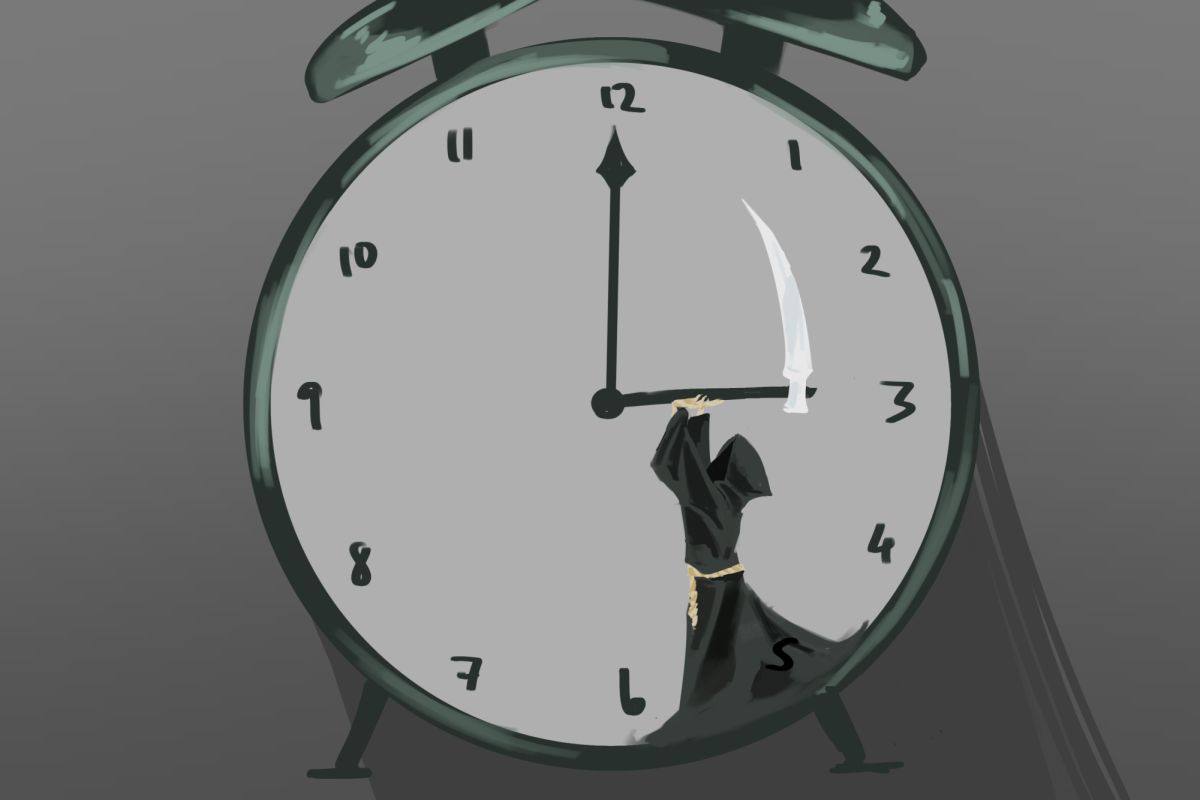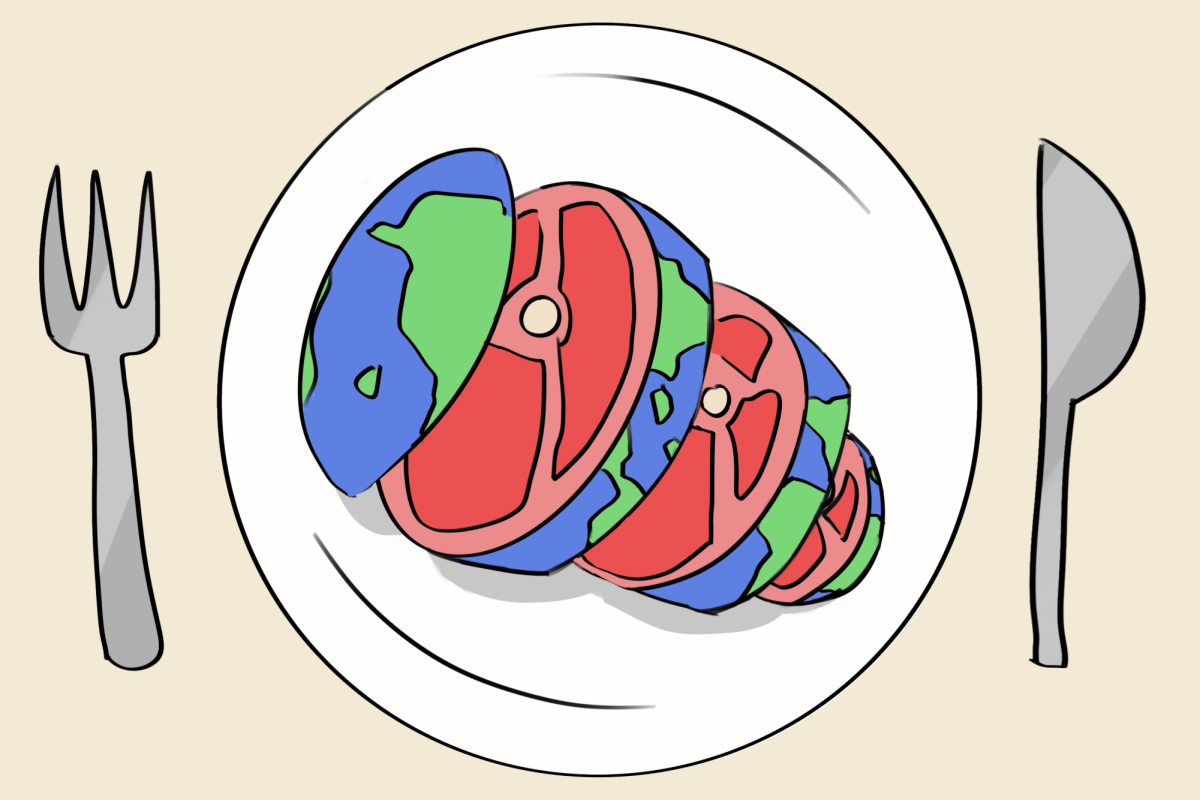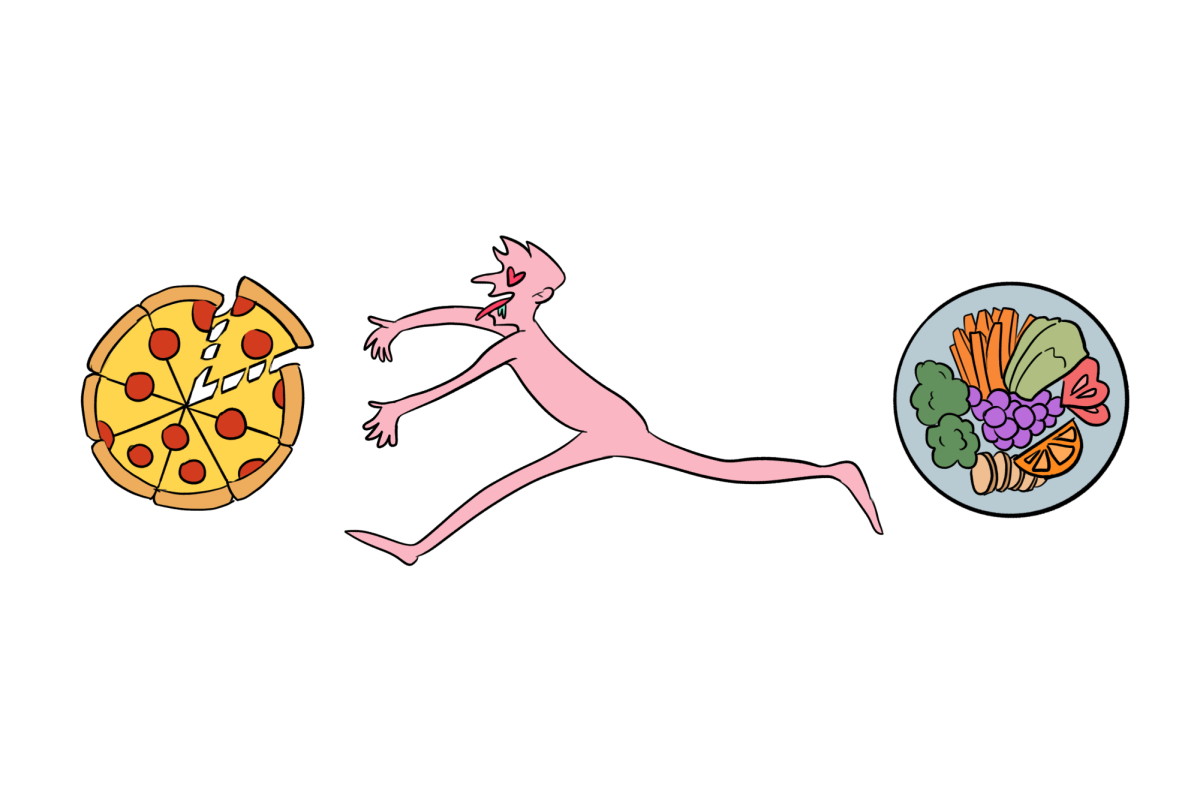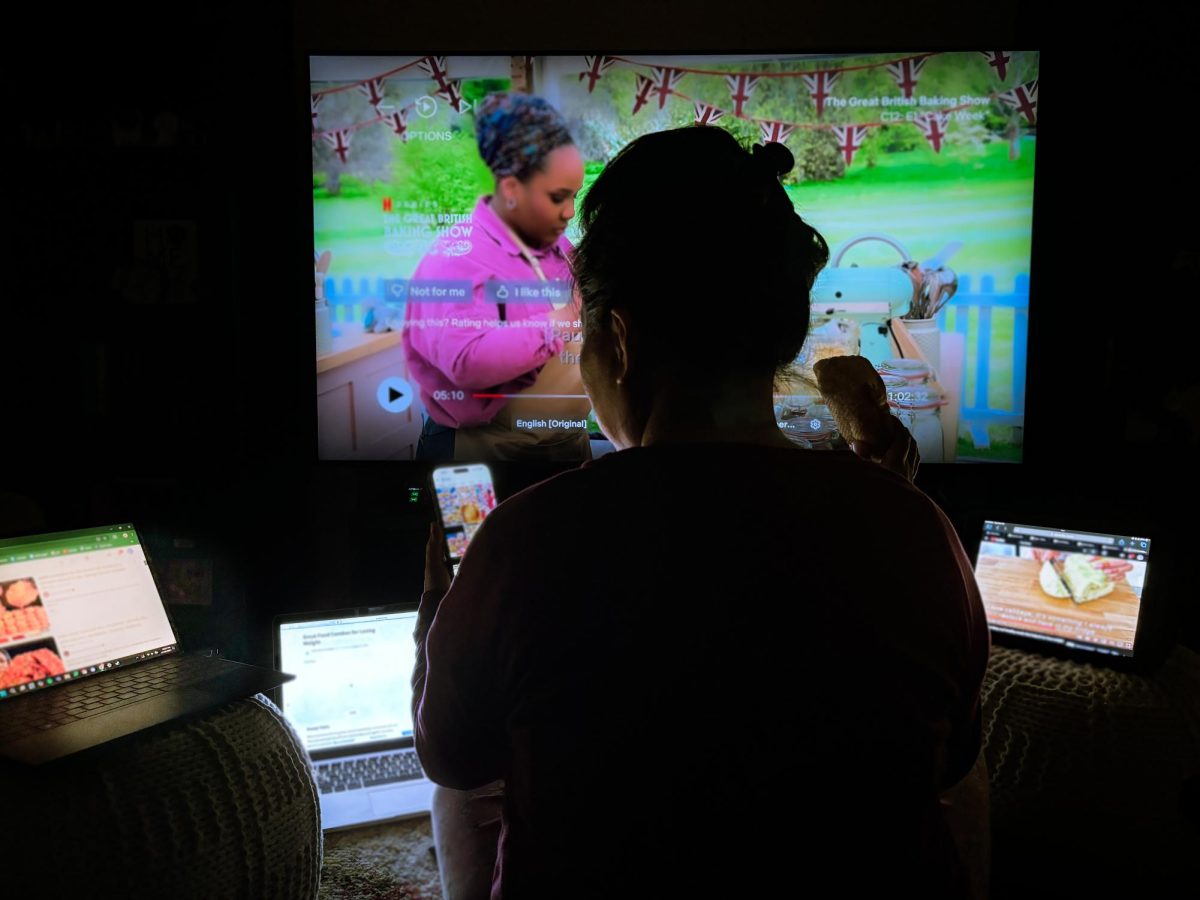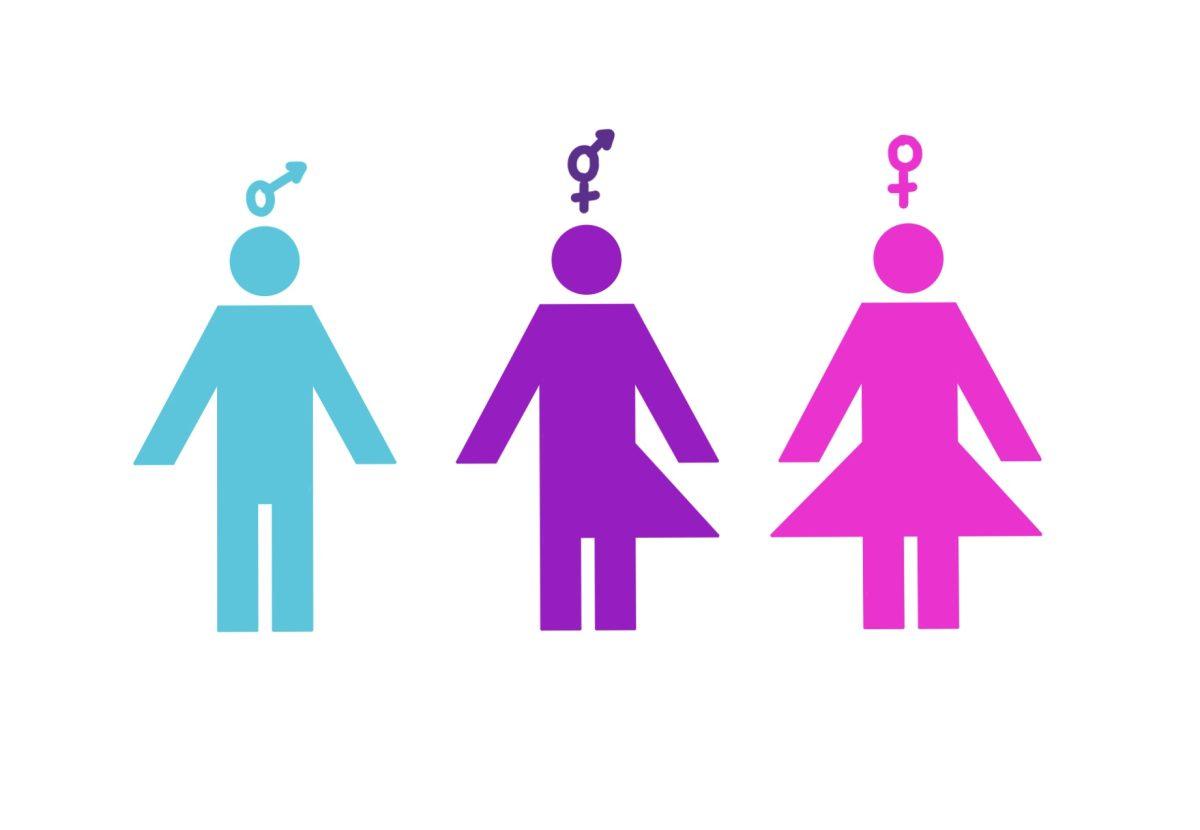by Hannah Valencia (’22) | November 16, 2020
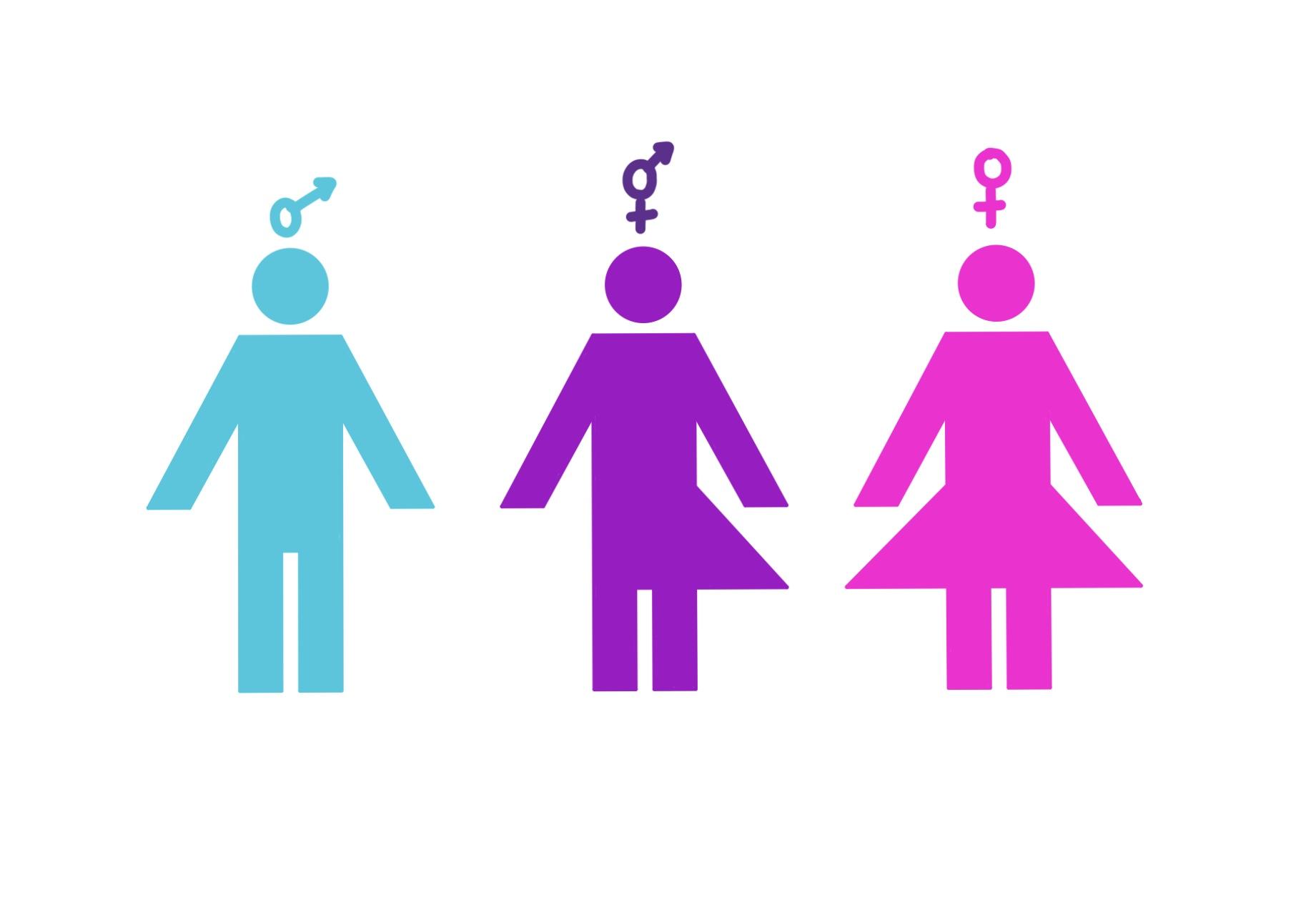
As I scrolled through my TikTok feed, a video from creator Melissa (@theartofmothering) appeared, her soft voice echoing radical ideas of gender neutrality. Her account focuses on gender-neutral parenting, and in this particular video, she explains how her son prefers swimming in a pink one-piece bathing suit. My immediate response to this statement was one of surprise, thus exposing my internalized gender norms. Clothes have no distinct genders or finite rules, yet I automatically categorized a pink bathing suit as a feminine outfit and questioned a young boy’s decision to defy my personal gender stereotypes. Why did I do this?
In identifying my implicit biases, I first reflected on the root of my problem: my upbringing. At the age of three, I was submerged into a world of pink tutus, sequined costumes, and brightly-colored makeup. As my “tomboy” friends began to show interest in basketball or volleyball, I was labeled a “girly girl” because of my love for dance. The roots of my internalized gender norms transcend my hobbies, as the toys my brother and I played as children also contributed to the stark difference between our current identities. My brother grew up with LEGO sets that cultivated his analytical and methodical thinking. He would devise an idea and develop it through experimentation. Perhaps this is why he is currently majoring in biomedical engineering. However, I grew up with art kits and tea party sets, which stimulated the use of my imagination and fostered my creativity. Perhaps this is why I am pursuing a writing-oriented career. We were raised in a nonjudgmental household, and my parents would have supported us had we not sought “masculine” scientific and “feminine” artistic interests. Despite this, I still ask myself who I would be today if my parents didn’t unconsciously impose their gender norms on their children. Would I be a scientist? Would my brother be an artist?
According to researchers Carol Lynn Martin and Diane Ruble, “[E]arly in childhood, children make vertical associations between the category label (‘girls,’ ‘boys’) and qualities (e.g., ‘boys like trucks’). They appear slower to make horizontal inferences (e.g., recognizing that trucks and airplanes are associated with being ‘masculine’), which tend to appear around age eight.” The minds of children are malleable, and in remaining complacent towards their exposure to discriminatory environments, we perpetuate these gender stereotypes.
Society should allow individuals to develop their own identities without encouraging conformity to stereotypes associated with biological sexes assigned at birth. A change is necessary in how society views gender identity and fluidity, and as a generation that has repeatedly demonstrated its open-mindedness in issues of race, sexuality, religion, and more, that responsibility lies in our hands. We can combat these gender norms with tangible approaches, such as allowing children to choose their own clothes and toys. As an appeal to children’s cognition, parents should emphasize the importance of gender equality and reiterate their support for their children’s pursuits in self-expression. This can be reinforced by exposing children to activities focusing on the teamwork between all genders and TV shows that portray role models who transcend gender stereotypes, such as stay-at-home fathers, working mothers, and nonbinary individuals. Moreover, in order to progress towards an equal society, we must first dedicate ourselves to constant education and self-reflection. In understanding the social forces that shape our biases, we can resist them for the better.





